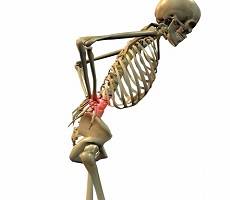May 20, 2014
Design skills cited as one reason why London is the world’s best city
 For the first time, London is the world’s best city for business, culture and finance, according to the latest edition of PWC’s annual Cities of Opportunity report. And the city’s reputation as a global leader in design is cited as one of the main reasons. The index of thirty of the world’s most important cities claims that London’s sheer economic clout, technological infrastructure and its design and development skills are just a few of the factors that led to the city usurping New York for the first time. When the survey was last carried out, it was ranked third. London is ranked one of the top three best places for intellectual capital and innovation alongside Paris and San Francisco and has leapt from eighth place last year to joint first place (with Seoul) in terms of its technological readiness.
For the first time, London is the world’s best city for business, culture and finance, according to the latest edition of PWC’s annual Cities of Opportunity report. And the city’s reputation as a global leader in design is cited as one of the main reasons. The index of thirty of the world’s most important cities claims that London’s sheer economic clout, technological infrastructure and its design and development skills are just a few of the factors that led to the city usurping New York for the first time. When the survey was last carried out, it was ranked third. London is ranked one of the top three best places for intellectual capital and innovation alongside Paris and San Francisco and has leapt from eighth place last year to joint first place (with Seoul) in terms of its technological readiness.






















May 16, 2014
We need to add another dimension to meet the stress management challenge
by Mark Eltringham • Comment, Workplace, Workplace design
(more…)